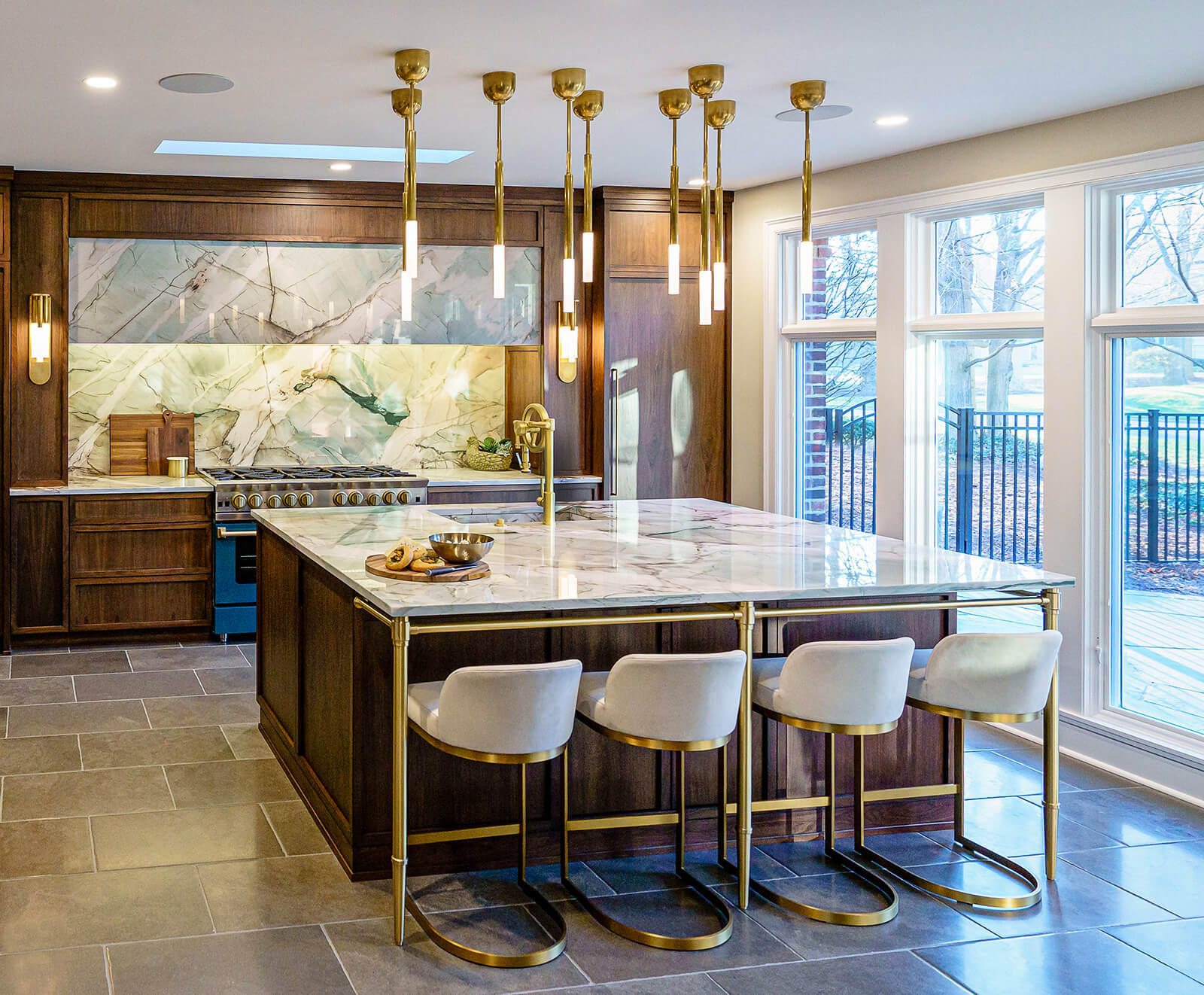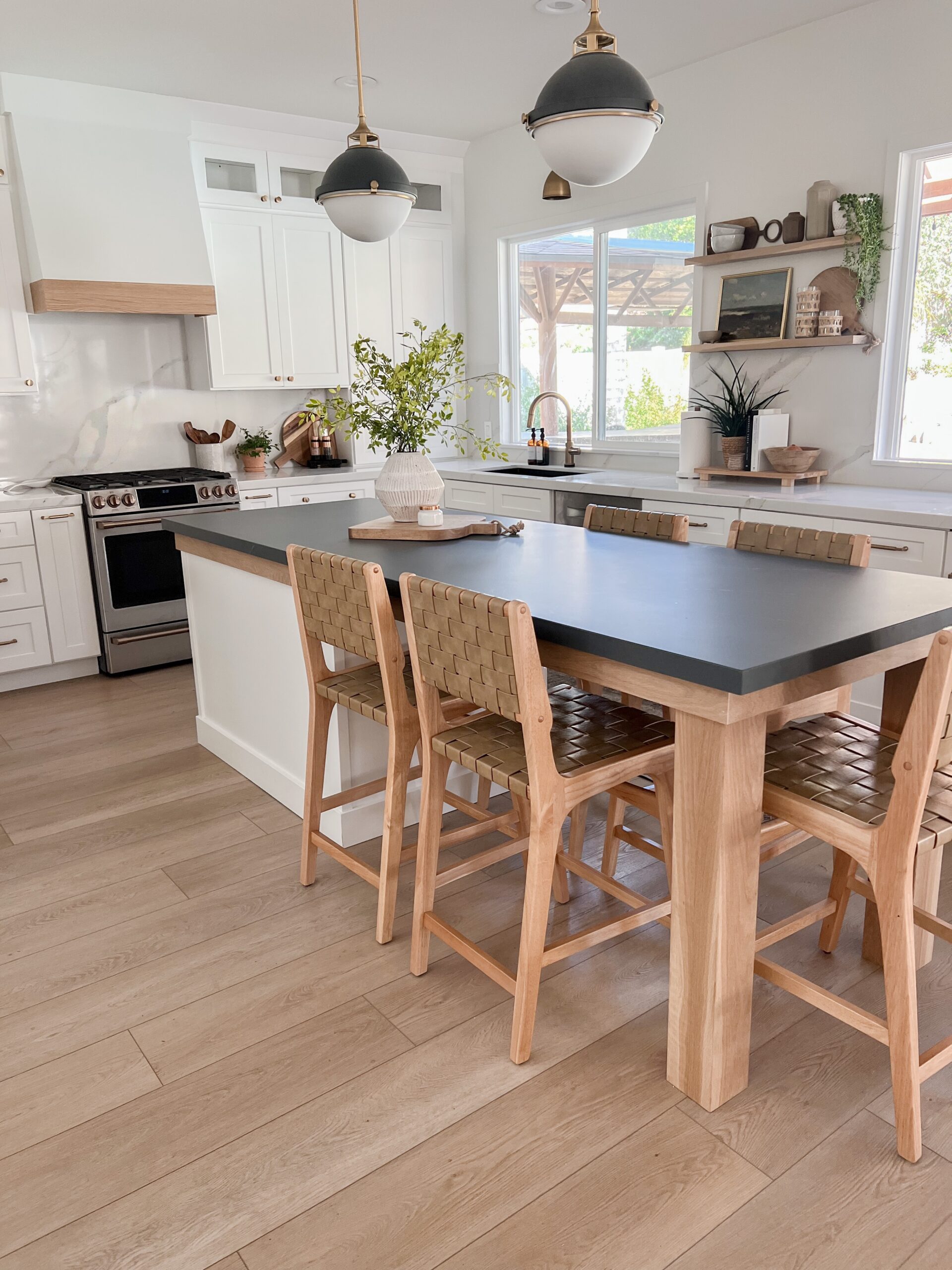An Overview to Selecting the Perfect Legs For Kitchen Island for Your Home
Selecting the ideal legs for your cooking area island is a nuanced choice that affects both the performance and aesthetic allure of this main area. Aspects such as height, products, and style play an important role in integrating your island with the general kitchen layout. In addition, recognizing the value of stability and upkeep can considerably influence your selection. As you take into consideration these aspects, it comes to be obvious that the right legs can transform not just the appearance of your cooking area but additionally its functionality for years to find. What details attributes should you prioritize in this selection process?

Recognizing Cooking Area Island Legs
When choosing legs for a cooking area island, it's necessary to comprehend their practical and aesthetic roles in the general style. The legs serve as a vital support group, making sure security and sturdiness for the island, which typically functions as a work space, dining area, or collecting spot. For that reason, the choice of product and building and construction method have to be robust enough to withstand daily use and potential wear.
In enhancement to their architectural obligations, legs contribute significantly to the island's aesthetic charm. They can improve the cooking area's design, whether through conventional, modern, or eclectic designs. The height and proportion of the legs are likewise vital considerations; they need to balance with the island's countertop height while making certain comfortable seating for those using the room.
In addition, the leg layout can influence the general circulation of the kitchen area. Open, airy leg styles can create a feeling of lightness, while strong, significant legs might communicate a much more grounded and stable visual - Legs For Kitchen Island. Understanding these functional and visual facets will lead house owners in making educated options that enhance their kitchen's style and boost its use
Popular Styles and Materials
The selection of legs for a kitchen island incorporates a variety of prominent styles and products, each offering one-of-a-kind characteristics that can enhance both capability and looks. Typical legs generally display elaborate details and workmanship, boosting classic kitchen styles.

Height and Security Factors To Consider

The legs of the kitchen island need to provide sufficient support, making sure that the framework can hold up against daily use without shifting or wobbling. Product selection plays a considerable duty in stability; read what he said metal legs, for instance, tend to offer greater stamina compared to timber.
Matching Your Cooking Area Aesthetic
Selecting the best legs for your kitchen area island goes past capability; it additionally plays a considerable function in the general aesthetic of the area (Legs For Kitchen Island). When selecting legs, consider the design style of your cooking area.
Legs that enhance or contrast with your island's surface area and surrounding cabinetry can develop visual harmony or striking focal factors. In addition, consider the coating of the legs; matte, shiny, or textured finishes can substantially affect the general feeling of the cooking area.
Installation and Upkeep Tips
Setting up cooking area island legs calls for careful focus to information to guarantee both stability and visual appeal. Use a stud finder to find wall studs if you are attaching the legs to a wall surface or utilizing brackets for included support.
When safeguarding the legs, utilize top notch screws and, if necessary, wood adhesive for extra strength. For metal legs, ensure that you are using proper anchors and tools to stop damage to your floor covering. It is advisable to look for levelness after installment, making modifications as needed to prevent tottering.
Tidy the legs with an ideal cleaner, preventing rough materials that may damage the surface area. By complying with these setup and upkeep suggestions, you can ensure that your cooking area island legs continue to be both useful and visually attractive.
Conclusion
In verdict, selecting the ideal legs for a kitchen island requires mindful consideration of elevation, security, and helpful site aesthetic compatibility. you could try this out Inevitably, thoughtful leg option plays a critical duty in boosting both the usefulness and style of the kitchen area room.
When choosing legs for a kitchen area island, it's essential to comprehend their useful and visual duties in the overall style. Open, ventilated leg designs can develop a sense of lightness, while strong, substantial legs might share a much more based and stable aesthetic. The legs of the cooking area island should supply sufficient assistance, ensuring that the structure can stand up to everyday use without tottering or shifting.Mounting kitchen island legs needs cautious focus to detail to make sure both security and aesthetic appeal.In conclusion, choosing the appropriate legs for a kitchen area island requires cautious factor to consider of elevation, security, and aesthetic compatibility.